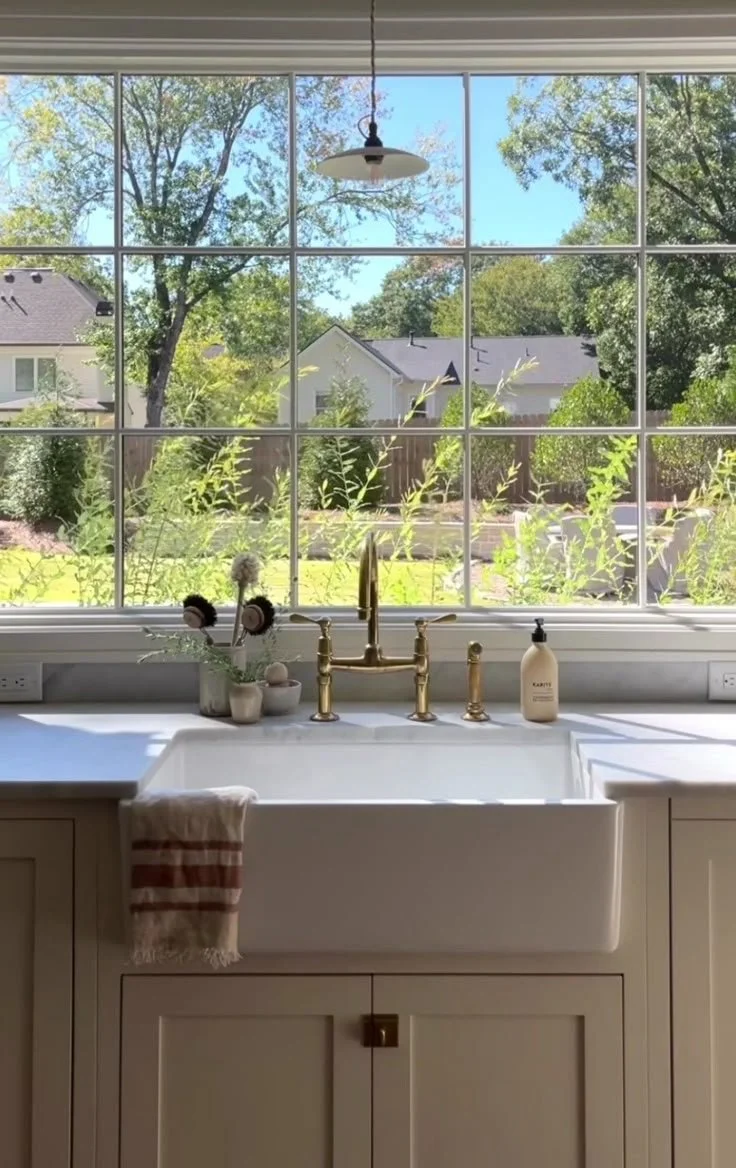Power Your Home With Sustainable And Efficient Solar Roofing Solutions
In the face of rising energy costs and growing environmental concerns, homeowners are increasingly seeking smarter, more sustainable ways to power their homes. Among the most effective and accessible solutions is solar roofing—a technology that merges the protective function of a roof with the energy-generating capabilities of solar panels. This dual-purpose innovation not only contributes to a greener planet but also offers long-term financial and practical benefits for homeowners.
In this article, we explore the fundamentals of solar roofing, how it works, its environmental and economic advantages, and what to consider before making the switch. Whether you're new to solar energy or exploring more integrated options, understanding the value of solar roofing can help you make informed decisions for your home’s future.
No. 1
What Is Solar Roofing?
Solar roofing refers to the integration of photovoltaic (PV) technology into roofing materials. Unlike traditional solar panels that are mounted on top of an existing roof, solar roofing systems are designed to blend seamlessly into the structure of the roof itself. These systems can take the form of solar shingles, tiles, or integrated panels that serve both as roofing material and energy generators.
This approach not only maintains the visual appeal of a home but also maximizes the use of available roof space for solar energy production. As a result, solar roofing has become a popular choice for homeowners who want the benefits of solar power without compromising on aesthetics.
No. 2
How Does Solar Roofing Work?
At its core, solar roofing operates on the same principles as traditional solar panels. Photovoltaic cells embedded in the roofing material capture sunlight and convert it into electricity. This energy can be used to power household appliances, lighting, heating and cooling systems, and more.
The system typically includes:
Solar Roofing Panels or Shingles: These are the primary components that absorb sunlight.
Inverter: Converts the direct current (DC) electricity generated by the panels into alternating current (AC), which is used in most homes.
Monitoring System: Tracks energy production and usage.
Battery Storage (optional): Stores excess energy for use during cloudy days or at night.
When the system generates more electricity than the home consumes, the surplus can often be fed back into the grid, depending on local regulations and net metering policies.
No. 3
Environmental Benefits of Solar Roofing
One of the most compelling reasons to adopt solar roofing is its positive impact on the environment. Traditional electricity generation relies heavily on fossil fuels, which contribute to air pollution and greenhouse gas emissions. Solar energy, on the other hand, is clean, renewable, and abundant.
By switching to solar roofing, homeowners can:
Reduce their carbon footprint
Lower dependence on non-renewable energy sources
Support the broader transition to sustainable energy infrastructure
Moreover, solar roofing contributes to better air quality and helps mitigate the effects of climate change by reducing the demand for fossil fuel-based power.
Rock Solar
Eco-friendly portable power solutions for commercial use, homes, RVs, and campers and cabins. Harness clean energy, reduce your carbon footprint, and power your life sustainably.
No. 4
Financial Advantages of Solar Roofing
Beyond environmental impact, solar roofing offers significant economic benefits over time. While the upfront cost of installation can be substantial, the long-term savings often outweigh the initial investment.
Key Financial Benefits Include:
Lower Energy Bills: Generating your own electricity reduces monthly utility costs.
Tax Incentives and Rebates: Federal and state programs often provide financial incentives for solar installations, including the Federal Investment Tax Credit (ITC), which can cover a percentage of the installation cost.
Increased Property Value: Homes with solar energy systems tend to have higher resale values and sell more quickly.
Protection Against Rising Energy Costs: Solar roofing provides a hedge against fluctuating utility rates.
Over time, many homeowners find that their solar roofing system pays for itself through energy savings and incentives.
No. 5
Considerations Before Installing Solar Roofing
While solar roofing offers many advantages, it’s important to assess whether it’s the right fit for your home and lifestyle.
Here are some key factors to consider:
1. Roof Condition and Orientation
Solar roofing is most effective on roofs that are in good condition and have ample exposure to sunlight. South-facing roofs typically receive the most sun, but east- and west-facing roofs can also be viable.
2. Local Climate
While solar systems can function in a variety of climates, areas with more consistent sunlight will yield higher energy production. However, even in cloudy regions, solar roofing can be a worthwhile investment.
3. Energy Needs
Understanding your household’s energy consumption will help determine the size and capacity of the solar roofing system you need.
4. Budget and Financing Options
Although the cost of solar roofing has decreased in recent years, it remains a significant investment. Research available financing options, incentives, and long-term savings to make an informed decision.
5. Installation Expertise
Choosing a qualified and experienced installer is crucial for ensuring system performance and longevity. Solar roofing services by Town and Country offer certified installation and tailored solutions that align with your energy goals and architectural preferences.
No. 6
Maintenance and Longevity
Solar roofing systems are generally low-maintenance, especially when compared to other home energy systems. However, routine upkeep can help ensure optimal performance.
Maintenance Tips:
Regular Cleaning: Dust, leaves, and debris can reduce efficiency. Occasional cleaning helps maintain peak output.
Annual Inspections: A professional check-up can identify and address minor issues before they become major problems.
Monitoring Performance: Many systems come with apps or dashboards that allow homeowners to track energy production and usage in real time.
With proper care, solar roofing systems can last 25 years or more, making them a durable and reliable energy solution.
No. 7
The Future of Solar Roofing
As technology continues to advance, solar roofing is becoming more efficient, affordable, and accessible. Innovations in materials, design, and installation methods are making it easier for homeowners to adopt solar energy without compromising on style or performance.
Moreover, as more states and municipalities implement renewable energy goals, the demand for solar roofing is expected to grow. This trend not only supports the transition to clean energy but also encourages further innovation and cost reduction within the industry.
Takeaways
Solar roofing represents a powerful step toward a more sustainable and energy-efficient future. By integrating energy generation directly into the structure of your home, it offers a practical and elegant solution to modern energy challenges.
Whether your motivation is environmental responsibility, financial savings, or energy independence, solar roofing provides a path forward that aligns with long-term goals. With the right planning, materials, and professional support, homeowners can enjoy the benefits of clean energy while enhancing the value and resilience of their homes.
To explore your options and learn more about the process, professionals can provide expert guidance and customized solutions tailored to your specific needs.
Looking for Home resources?
Looking to enhance your living space and create a sanctuary that supports your well-being? Explore our home partners who offer a wide range of resources to elevate your home environment.































